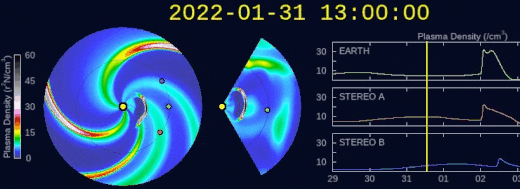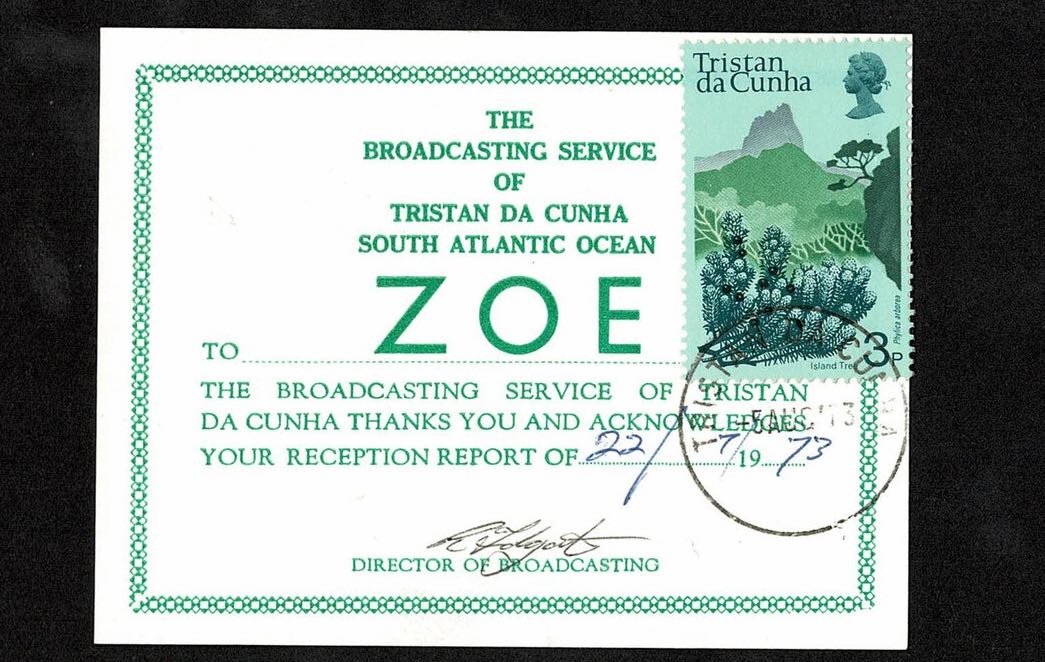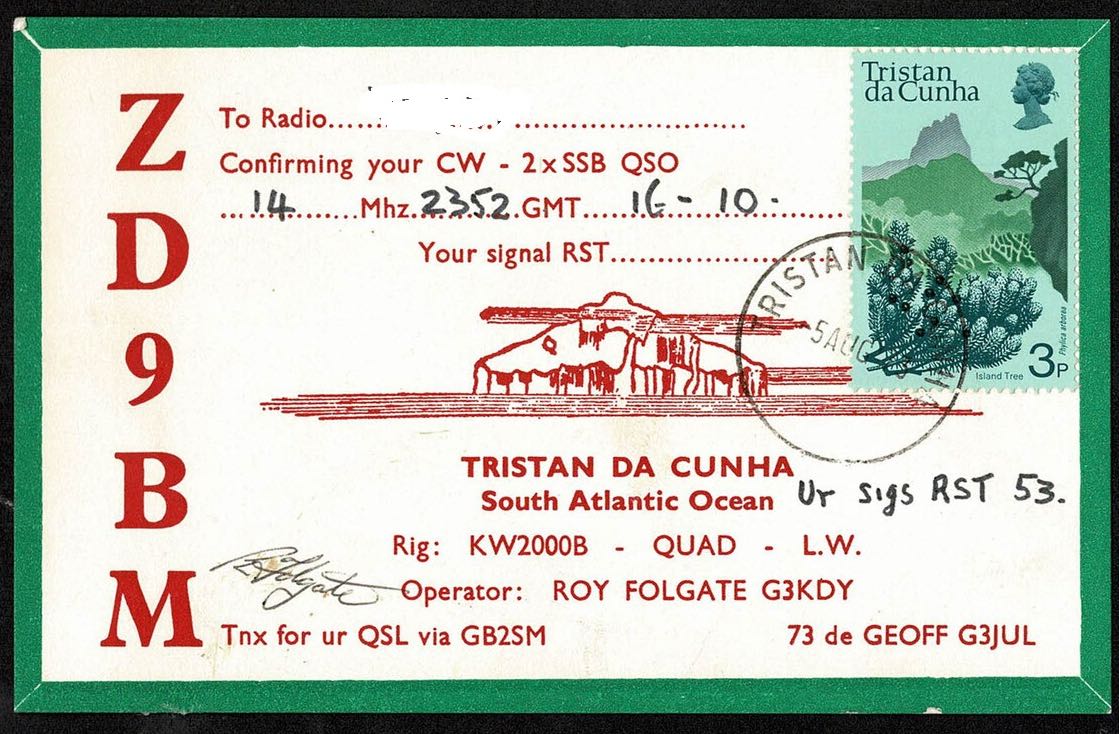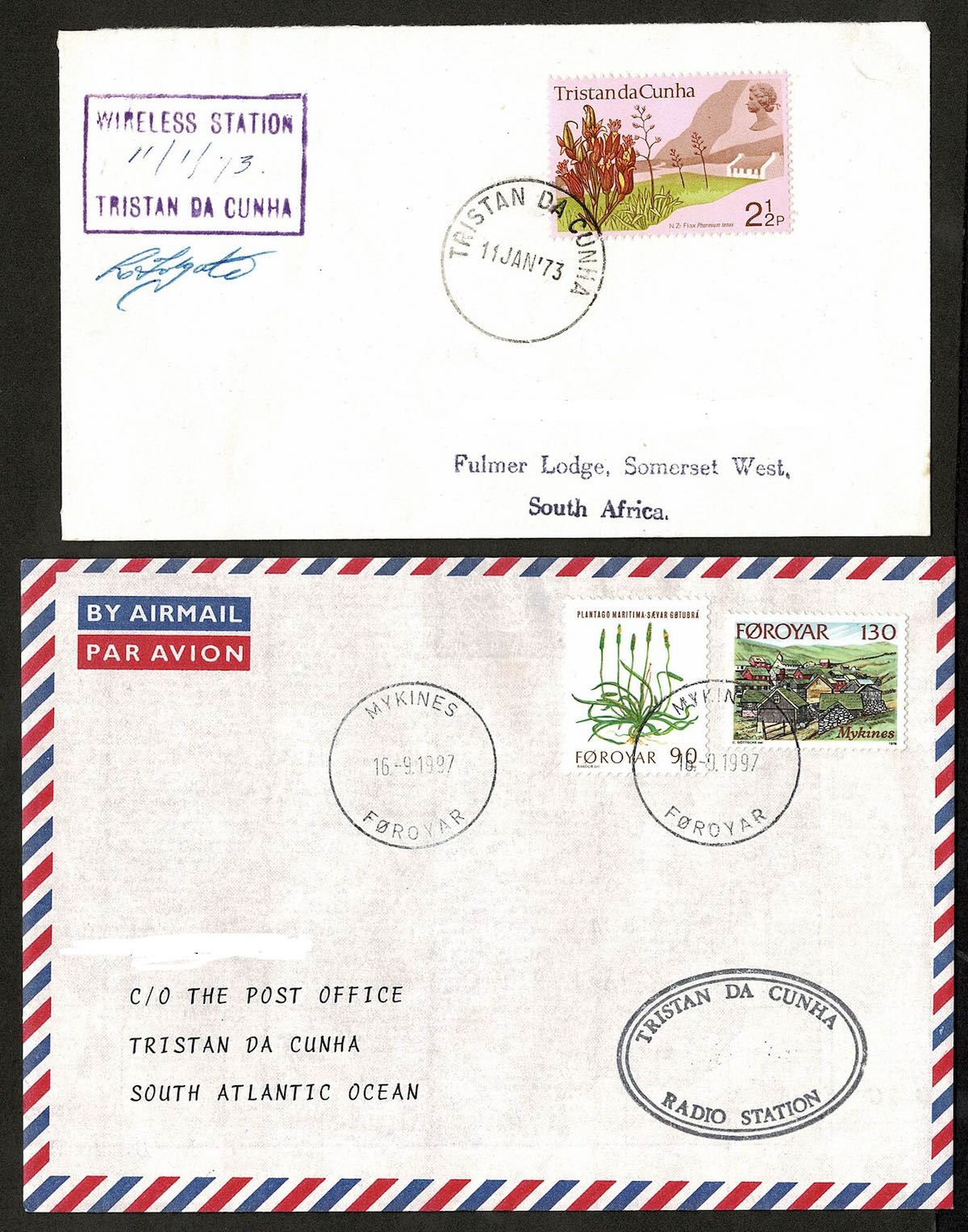
That’s not a typo, in addition to its flagship frequency 7490 kHz, WBCQ will be running staggered propagation tests of 4790 kHz during February for a new entertainment program
block sponsored by Angela and Allan Weiner and curated by Uncle Bill Tilford. When the
regular schedule begins in March, it will be 2 hours per night of music and other entertainment from around the world. Several new programs under development will participate when the regular schedule begins.
The February tests will use archival episodes of From the Isle of Music, Uncle Bill’s Melting Pot,
Marion’s Attic, Behavior Night, Rock Wave, Tom Call Theater, a Bluegrass State of Mind and Jetzt Geht’s Los!, a wonderful program from Germany of Weimar-era jazz. In March these programs will be joined by several new ones from around the world.
The first week’s tests will run from February 1-5 from 6-8pm EST (2300-0100 UTC). Each following week will run an hour later to determine optimum transmission times. An eQSL will
be available for reception reports sent to [email protected]
For February 6-12, tests will run from 7-9pm EST (0000-0200 EST)
Giuseppe’s portable multi-loop homemade shoe rack antenna
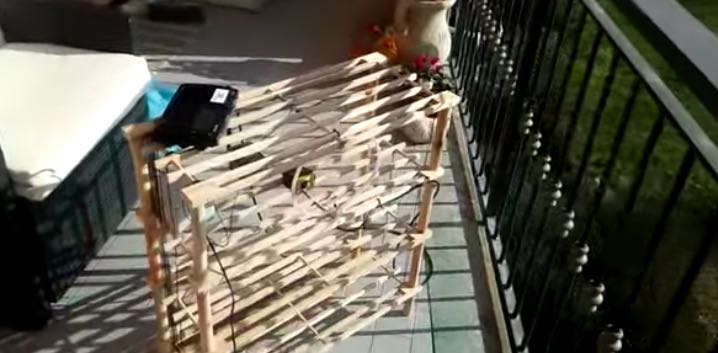 Many thanks to SWLing Post contributor, Giuseppe Morlè, who writes:
Many thanks to SWLing Post contributor, Giuseppe Morlè, who writes:
Dear Thomas,
I’m Giuseppe Morlè iz0gzw from central Italy on the Tyrrhenian Sea, Formia.
I am sending you this umpteenth project of mine built with poor materials…it is a test bench, loops / capacitors to find the best tuning.
The frame is a shoe rack in beech wood, very light, to take anywhere or to try out at home.
On the frame, there are 4 different loops of different sizes and 3 variable capacitors with different capacities. Only one signal transfer link to the receiver for all loops.
With alligator plugs I can use the different combinations of loop / variable to find the best tune
This test rig can tune the whole HF frequency range and medium wave.
I’ve attached 3 videos where you can see from the beginning to the last test on the balcony of my house.
Videos
Note that the following videos are in Italian, but you can turn on closed captioning and in the settings of the video have it auto-translate into the language of choice:
Click here to view on YouTube.
Click here to view on YouTube.
Click here to view on YouTube.
All, as always, spending very little and employing used materials!
Thanks to you and a warm greeting to the whole SWLing Post community.
I remain available for any clarification.
Greetings to all and good experimentation!
Thank you for sharing this Giuseppe! I love your ingenuity and spirit of experimentation! What a fun project that obviously yields excellent results!
Presentation: Crystal Radio History, Construction, and Contesting
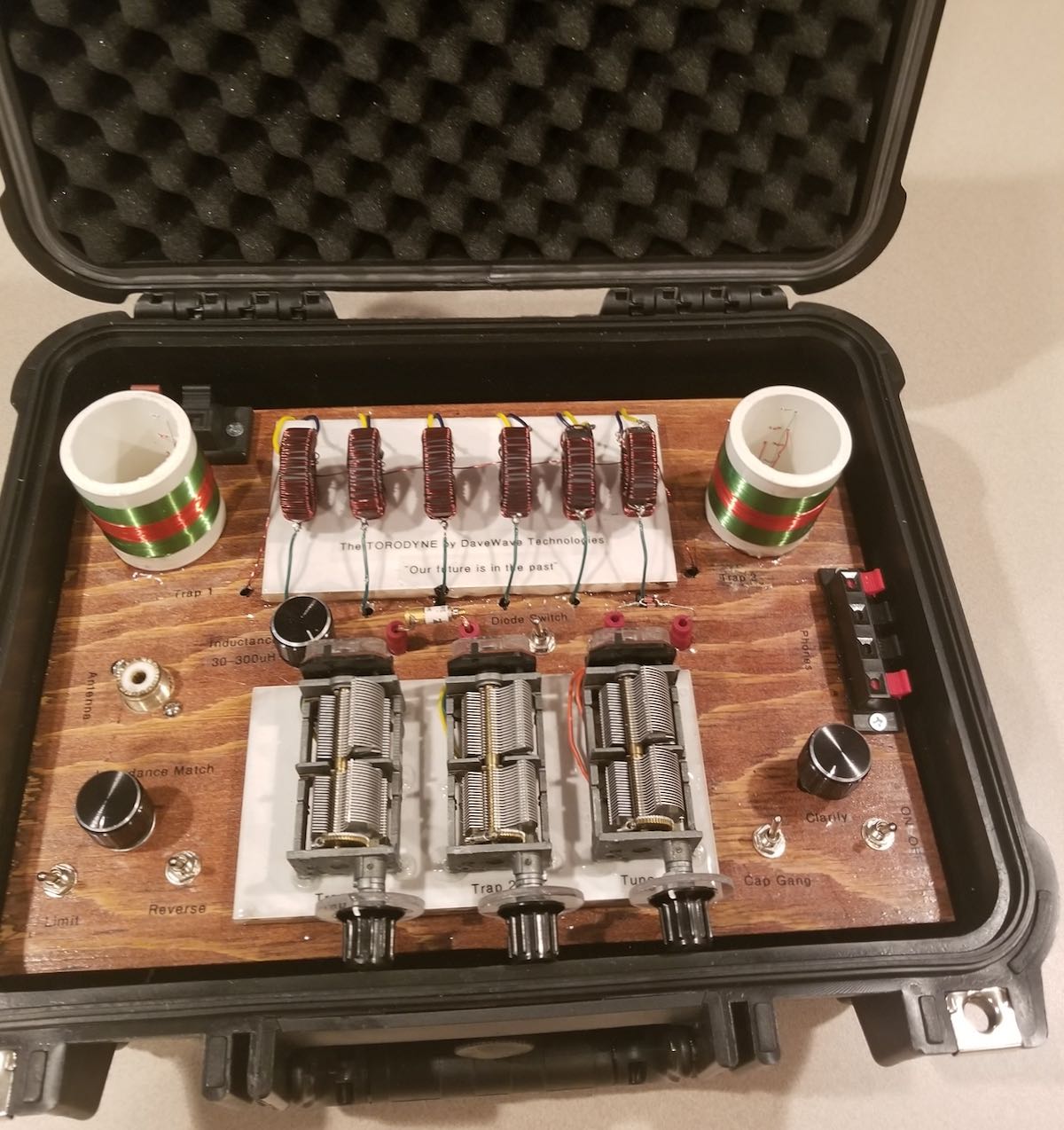 Many thanks to SWLing Post Contributor, David Day (N1DAY), who shares the video presentation below, offering even more insight into his most recent guest post on the topic of crystal radio DXing.
Many thanks to SWLing Post Contributor, David Day (N1DAY), who shares the video presentation below, offering even more insight into his most recent guest post on the topic of crystal radio DXing.
David has also posted this presentation on his website and notes that he’s happy to share the presentation slides without copyright. David notes:
[…]I have purposely not copyrighted this work so that anyone is free to modify it as they see fit. The only thing I ask is that if you make changes that you do not copyright the derivative work as your own intellectual property so that others can benefit from your knowledge and build upon it as well.
That’s brilliant, David! Thank you.
Presentation:
FTIOM & UBMP, February 6-12
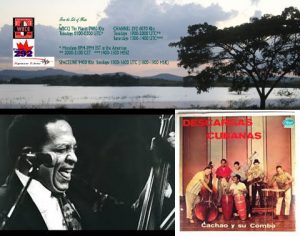

From the Isle of Music, February 6-12, 2022:
This week we enjoy descargas (jam sessions) from the great Cachao.
The broadcasts take place:
1. For Eastern Europe but audible well beyond the target area in most of the Eastern Hemisphere (including parts of East Asia and Oceania) with 100Kw, Sunday 1500-1600 UTC on SpaceLine, 9400 KHz, from Sofia, Bulgaria (1800-1900 MSK)
2. For the Americas and parts of Europe, Tuesday 0100-0200 UTC on WBCQ, 7490 kHz from Monticello, ME, USA (Monday 8-9PM EST in the US).
3 & 4. For Europe and sometimes beyond, Tuesday 1900-2000 UTC and Saturday 1300-1400 UTC (NEW FOR B21) on Channel 292, 6070 kHz from Rohrbach, Germany.
If you don’t have a shortwave radio or are out of range, you can listen live to uplinks from various websdrs in Europe.
Our Facebook page is https://www.facebook.com/fromtheisleofmusic/
Our V-Kontakte page is https://vk.com/fromtheisleofmusic
Our Patreon page is https://www.patreon.com/tilford
Uncle Bill’s Melting Pot, February 6-12, 2022:
Episode 254 presents contemporary folk music from Estonia.
The transmissions take place:
1.Sunday 2300-0000 (6:00PM -7:00PM EST) on WBCQ The Planet 7490 kHz from the US to the Americas and parts of Europe
2. Tuesday 2000-2100 UTC on Channel 292, 6070 kHz from Rohrbach, Germany for Europe.
3. Saturday 0800-0900 UTC on Channel 292, 9670 kHz from Rohrbach, Germany for Europe with a directional booster aimed eastward.
Our Facebook page is https://www.facebook.com/UncleBillsMeltingPot/
Our V-Kontakte page is https://vk.com/fromtheisleofmusic
Our Patreon page is https://www.patreon.com/tilford
February 2, 2022: A low-hazard CME could bring auroras to low latitudes and affect HF propagation
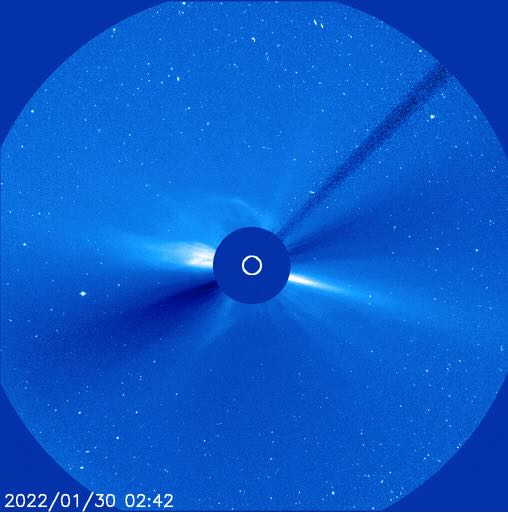 Many thanks to SWLing Post contributor, Ed, who shares the following news from Spaceweather.com:
Many thanks to SWLing Post contributor, Ed, who shares the following news from Spaceweather.com:
GEOMAGNETIC STORM WATCH: A coronal mass ejection (CME) is heading for Earth. Estimated time of arrival: Feb. 2nd. This movie from SOHO shows the halo CME leaving the sun:
It was hurled into space during the early hours of Jan. 30th by an M1-class solar flare. Big sunspot AR2936 was the source of the blast. The long duration flare lasted more than 4 hours, so it put plenty of power into the CME.
A newly-released forecast model from NOAA shows the likely timing of impact:
Denis wins an incredibly rare ZOE (Tristan Da Cuhna) QSL at auction
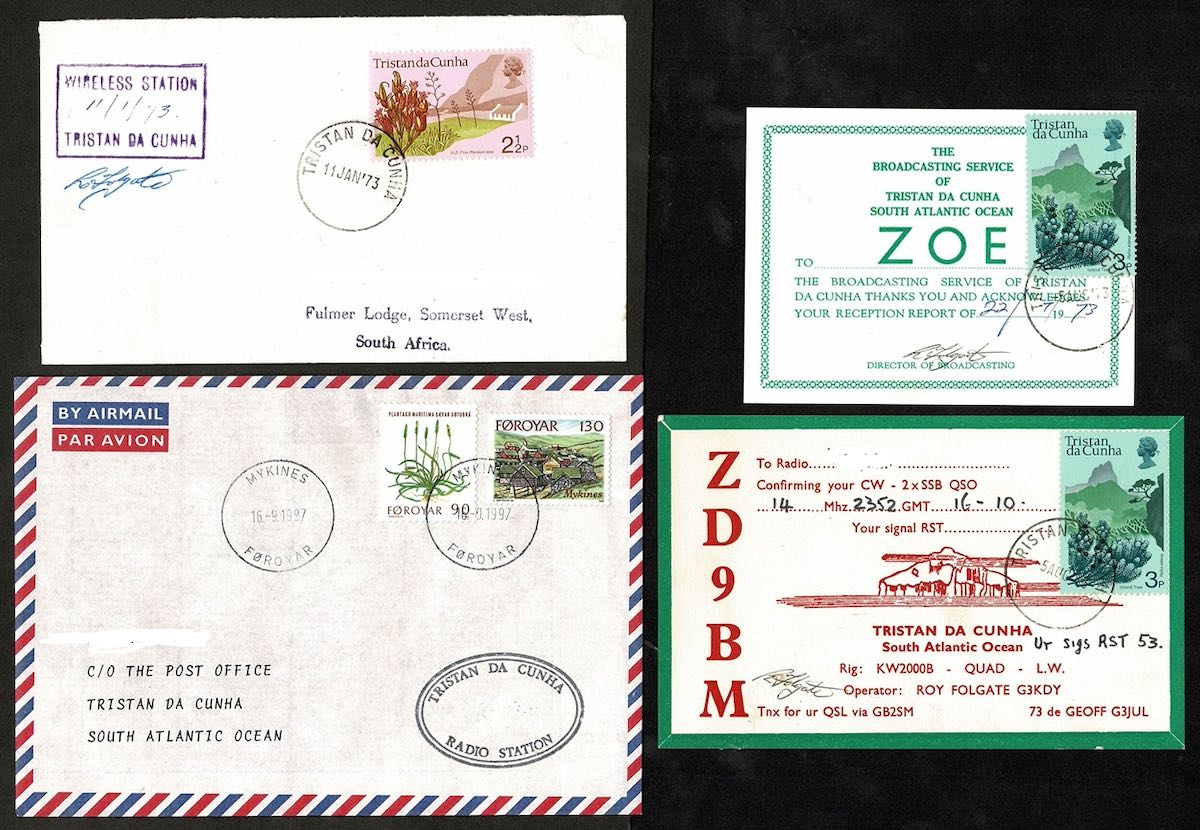 Many thanks to SWLing Post contributor, Denis, who writes:
Many thanks to SWLing Post contributor, Denis, who writes:
Dear Thomas,
Following the article about the ZOE QSL card a few years ago, I came across another QSL at an Australian auction house.
I bought it. Still waiting for it.
I enclose the picture of the lot I obtained. Names have been erased.
As Dan wrote, it is quite possible that other cards may surface one day.
best 73’s from Paris
Denis
Thank you for sharing this, Denis. I agree with Dan as well–perhaps more ZOE QSL cards will eventually surface. With that said, I believe it’ll remain one of the rarest QSL cards out there. By the way, it’s a nice bonus that the auction included a ham radio QSL card as well!
BBC Crowd Science: “How does my radio work?”
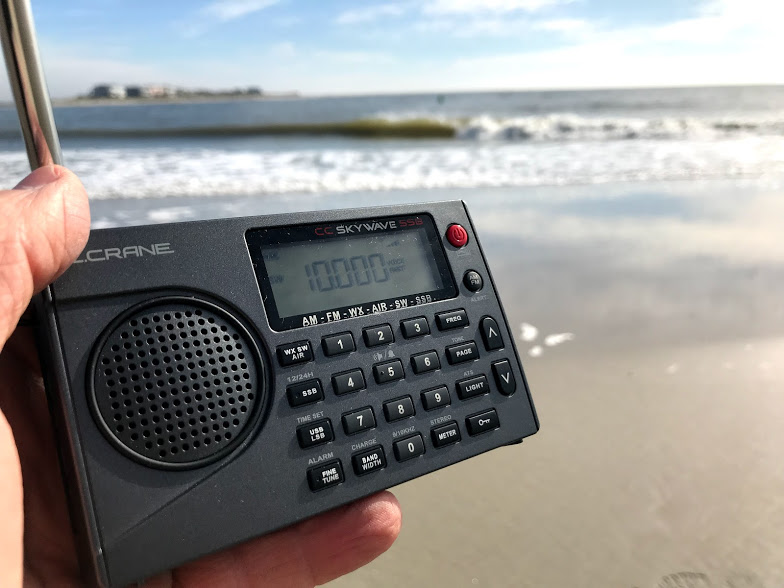 Many thanks to SWLing Post contributor, Kris Partridge, for sharing the following story:
Many thanks to SWLing Post contributor, Kris Partridge, for sharing the following story:
Crowd Science: How does my radio work?
How is a small budget pocket radio able to recreate all the atmosphere and sounds of a football match? CrowdScience listener Andy wants to know about the science enabling his radio listening, so presenter CrowdScience Geoff Marsh sets off – microphone in hand – to follow the journey of sound on the radio.
Starting with the microphone, Geoff learns how acoustic energy is converted into electrical signals. Then BBC World Service presenter Gareth takes Geoff to a little-known room in the BBC called the Radio Shack. Gareth demonstrates how these electrical signals are attached to radio waves before being sent over the airwaves and they take a radio kit apart to understand how these waves are received and converted back into sound waves.
Geoff talks to a speech and hearing specialist who, through the use of auditory illusions, shows Geoff that our brains are often filling in the gaps of lower quality audio.
Finally, Geoff visits an acoustic lab at Salford University where he hears a demonstration of ‘object based audio’. This technology could enable us to create our own bespoke mix of dramas and sports, such as heightening the commentary sound or choosing to hear just the crowd, just by using the everyday speakers many have lying around them, such as mobile phones.
Tune in and join us!
Presented by Geoff Marsh
Produced by Melanie Brown

